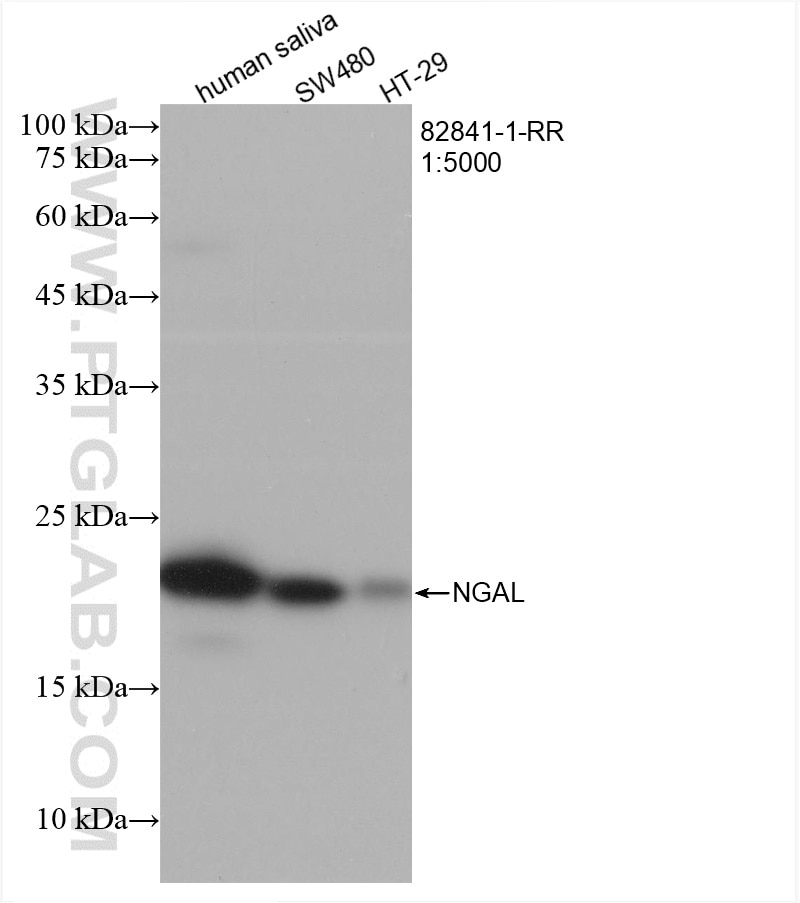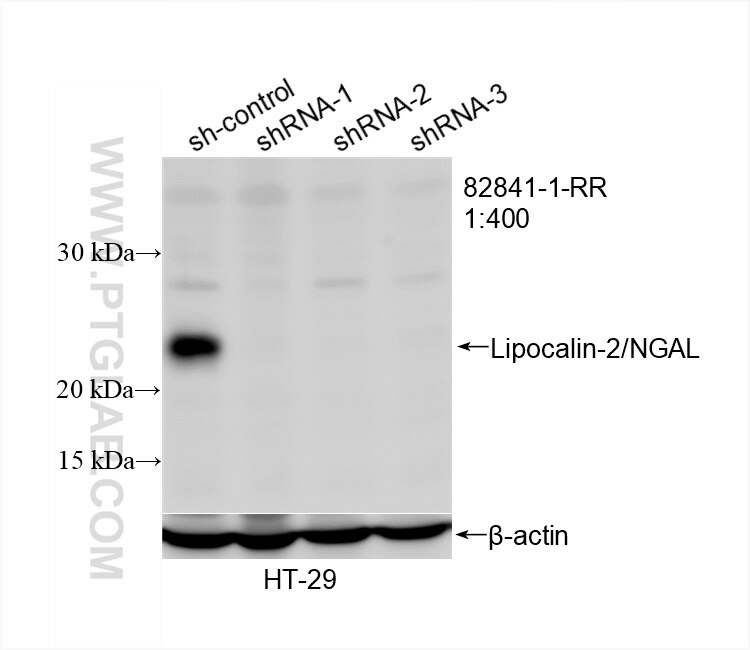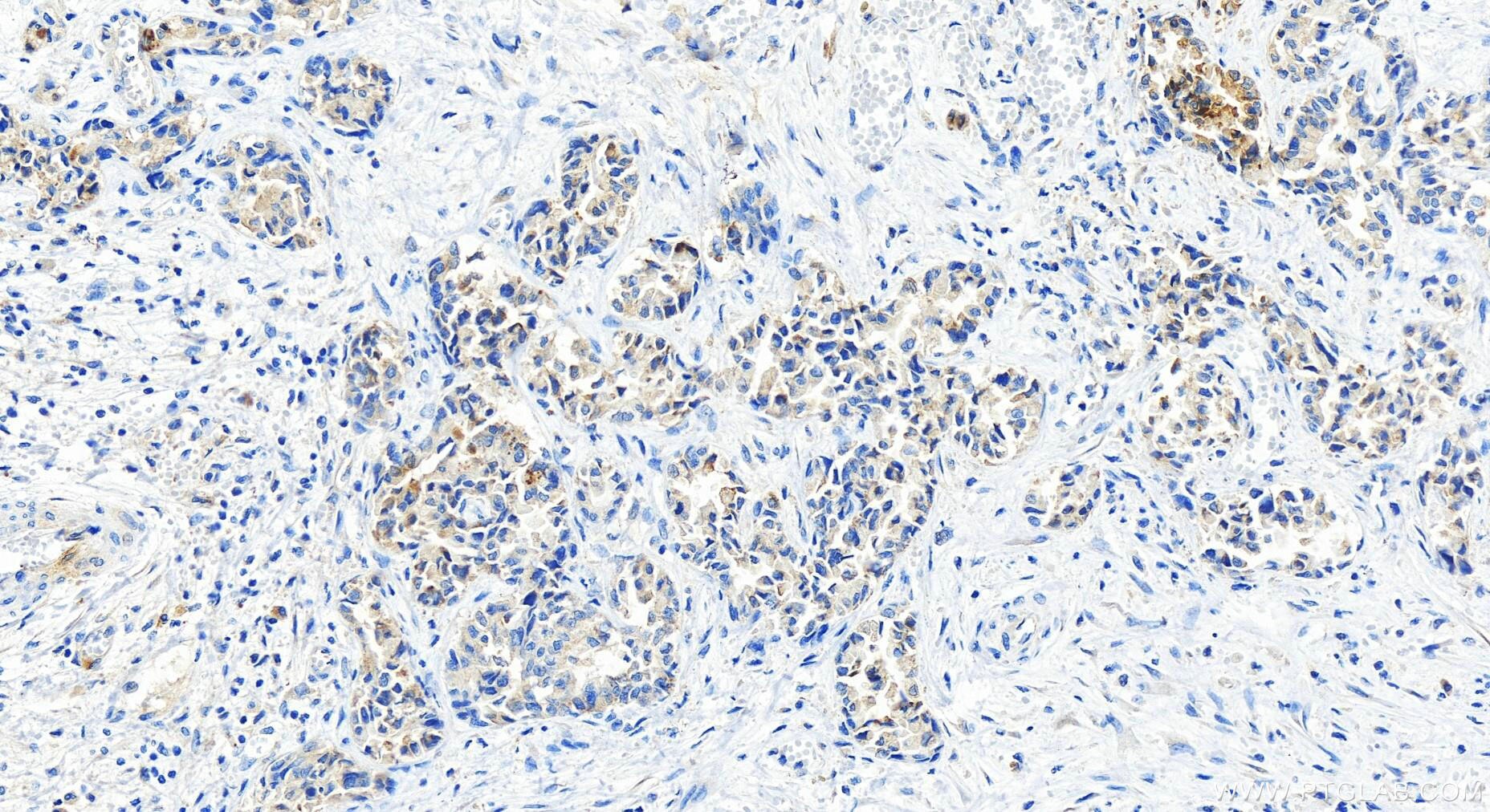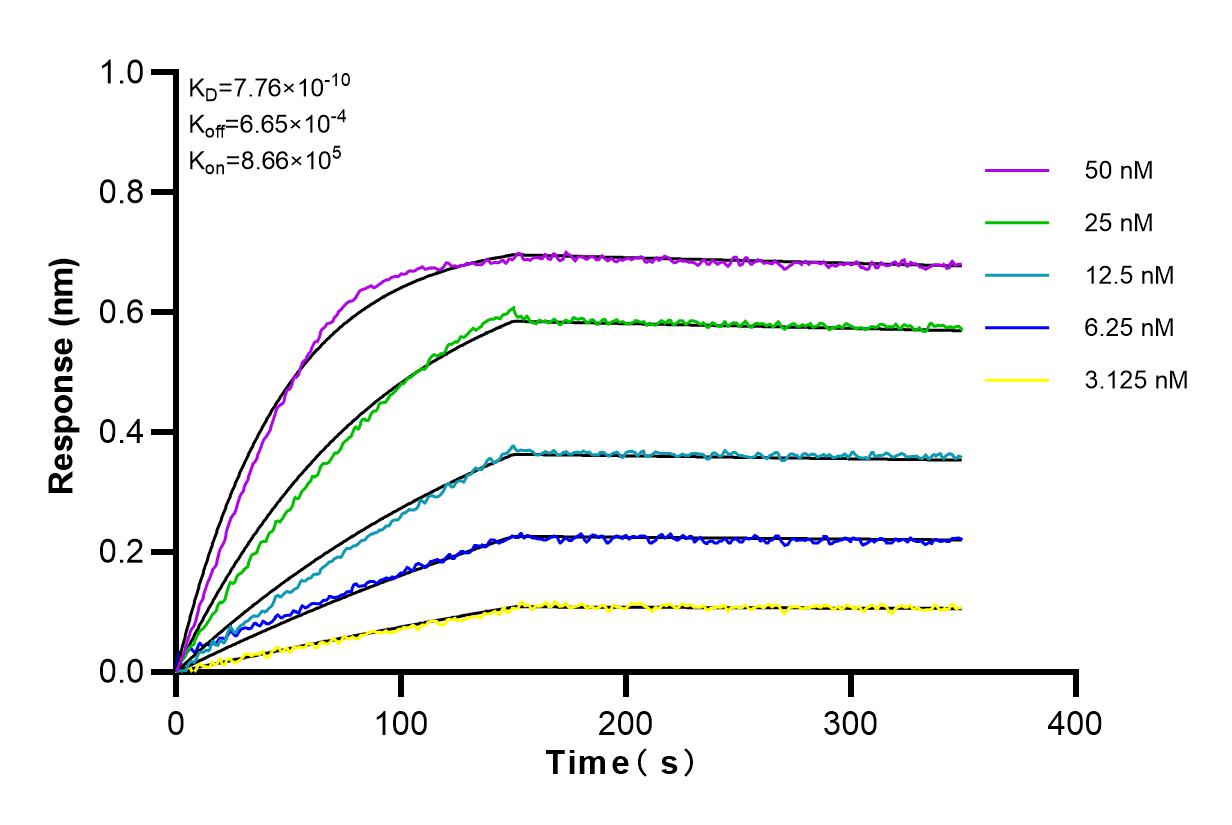Tested Applications
| Positive WB detected in | human saliva, HT-29 cells, SW480 cells |
| Positive IHC detected in | human intrahepatic cholangiocarcinoma tissue Note: suggested antigen retrieval with TE buffer pH 9.0; (*) Alternatively, antigen retrieval may be performed with citrate buffer pH 6.0 |
Recommended dilution
| Application | Dilution |
|---|---|
| Western Blot (WB) | WB : 1:2000-1:10000 |
| Immunohistochemistry (IHC) | IHC : 1:50-1:500 |
| It is recommended that this reagent should be titrated in each testing system to obtain optimal results. | |
| Sample-dependent, Check data in validation data gallery. | |
Product Information
82841-1-RR targets Lipocalin-2/NGAL in WB, IHC, ELISA applications and shows reactivity with human samples.
| Tested Reactivity | human |
| Host / Isotype | Rabbit / IgG |
| Class | Recombinant |
| Type | Antibody |
| Immunogen |
Recombinant protein Predict reactive species |
| Full Name | lipocalin 2 |
| Calculated Molecular Weight | 23kd |
| Observed Molecular Weight | 22-25 kDa |
| GenBank Accession Number | NP_005555.2 |
| Gene Symbol | NGAL/LCN2 |
| Gene ID (NCBI) | 3934 |
| RRID | AB_3086550 |
| Conjugate | Unconjugated |
| Form | Liquid |
| Purification Method | Protein A purification |
| UNIPROT ID | P80188 |
| Storage Buffer | PBS with 0.02% sodium azide and 50% glycerol, pH 7.3. |
| Storage Conditions | Store at -20°C. Stable for one year after shipment. Aliquoting is unnecessary for -20oC storage. 20ul sizes contain 0.1% BSA. |
Background Information
Lipocalin-2 (LCN-2) is a adipocytokine also referred to as neutrophil gelatinase-associated lipocalin (NGAL). Lipocalin-2 is a circulatory protein responsible for the transportation of small and hydrophobic molecules to target organs. Lipocalin-2 is used as a biomarker for acute and chronic renal injury. It is present in a large variety of cells including neutrophil, hepatocytes, lung, bone marrow, adipose tissue, macrophages, thymus, non-neoplastic breast duct, prostate, and renal cells. Different functions have been associated with Lipocalin-2, including antibacterial, anti-inflammatory, and protection against cell and tissue stress (PMID:34463264).
Protocols
| Product Specific Protocols | |
|---|---|
| IHC protocol for Lipocalin-2/NGAL antibody 82841-1-RR | Download protocol |
| WB protocol for Lipocalin-2/NGAL antibody 82841-1-RR | Download protocol |
| Standard Protocols | |
|---|---|
| Click here to view our Standard Protocols |










